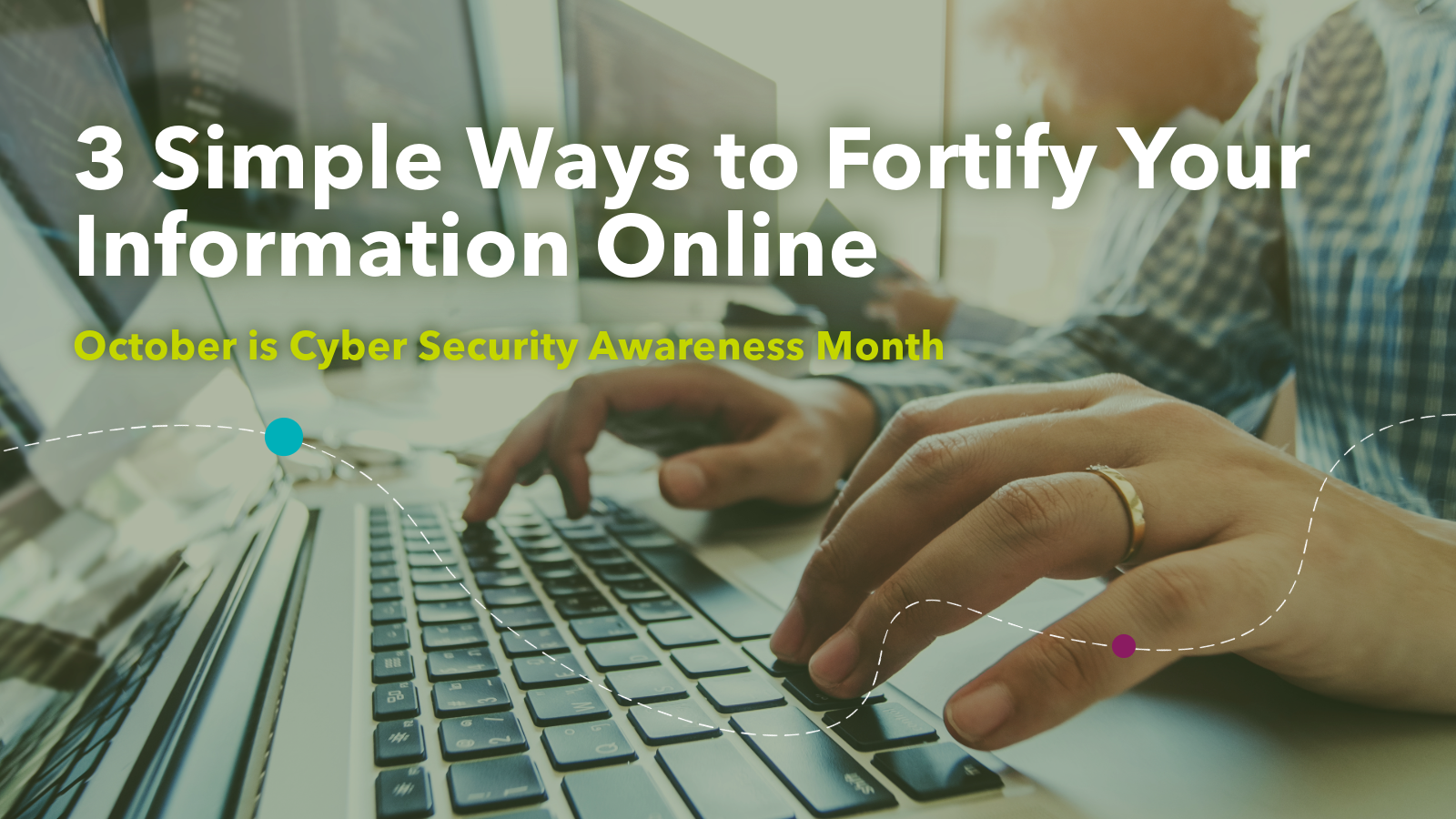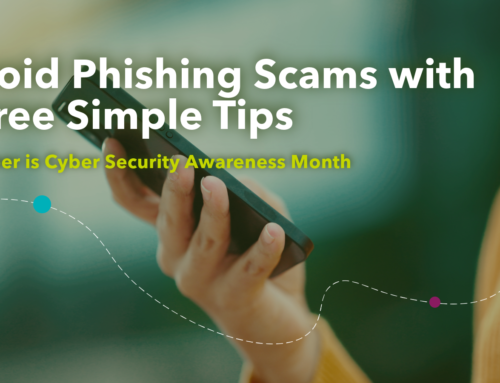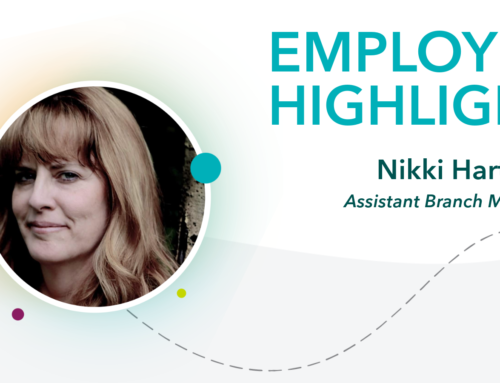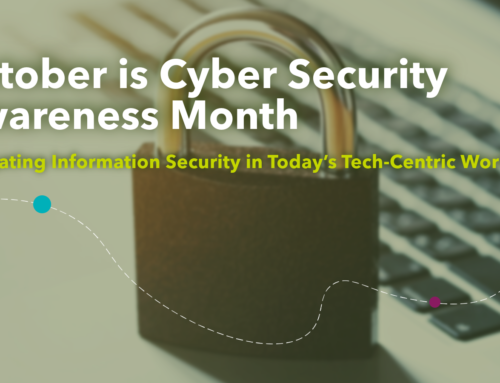October is Cyber Security Awareness Month, and it’s the perfect time to focus on protecting your online presence. Did you know that weak passwords are the most common way that online criminals gain access to personal accounts? At Kitsap Credit Union, we believe that safeguarding your financial information is paramount, and one of the simplest yet most effective ways to enhance your security is by using strong, unique passwords. In this blog post, we’ll explore easy strategies for creating robust passwords, along with the benefits of using a password manager. Plus, we’ll discuss additional protective measures like Multifactor Authentication (MFA) and the importance of software updates. Let’s empower ourselves to stay safe online this Cyber Security Awareness Month!
Using strong passwords and organizing your passwords with the help of a password manager are the easiest ways to protect your accounts and keep your information safe.
Here are three simple ways to strengthen your passwords:
- Make them long At least 16 characters—longer is stronger! **************** 1
- Make them random Two ways to do this are: Use a random string of letters (capitals and lower case), numbers and symbols (the strongest!): Create a memorable passphrase of 5-7 unrelated words: Get creative with spelling to make it even stronger.
- Make them unique Use a different password for each account: Use a password manager to remember them.
What is a password manager?
A password manager creates, stores and fills passwords for us automatically. Then we each only have to remember one strong password—for the password manager itself. Search trusted sources for “password managers” like Consumer Reports, which offers a selection of highly rated password managers. Read reviews to compare options and find a reputable program for you. When we choose strong passwords, we make it much harder for someone to steal our data, money, and identities.
Use Multifactor Authentication
You can fortify yourself online by using Multifactor Authentication (MFA). MFA provides extra security for our online accounts and apps. This security could be a code sent via text or email or generated by an app, or biometrics like fingerprints and facial recognition. Using MFA confirms our identities when logging into our accounts.
Follow these easy steps on each of your accounts to enable MFA:
- Go to Settings (It may be called Account Settings, Settings & Privacy or similar).
- Look for and turn on MFA (It may be called two-factor authentication, two-step verification or similar).
- Confirm Select how to provide extra login security, such as by entering a code sent via text or email or using facial recognition.
After setting up MFA, logging in may require completing the MFA security step to prove our identities. It only takes a moment but makes us significantly safer from malicious hackers! Turn on MFA for every online account or app that offers it. Doing so will protect your email, banking, and social media accounts, online identities, and purchases.
Install Software Updates
Installing software updates to fix security risks is another excellent way to protect yourself from fraudsters online. When we see an update alert, many of us tend to hit “Remind me later.” but it’s best to install updates promptly. To make it even more convenient, you can turn on automatic updates.
To turn on automatic updates, look in the device’s settings, possibly under “Software” or “Security.” Or search the settings for “automatic updates.” You can also watch for notifications regarding new software updates. Not every update can be automatic. Devices— mobile phones, tablets and laptops—will usually notify us that we need to run updates. It’s important to install ALL updates, especially for web browsers and antivirus software. Once you’ve been notified about software updates, especially critical updates, install them as soon as possible. Online criminals won’t wait so we shouldn’t either!
Why is it so important to update promptly?
If a criminal gets into a device through a security flaw, they will look for personal information and sensitive data to exploit. Technology providers issue software updates to “patch” security weak spots as quickly as possible. If we don’t install them, they can’t protect us! Software updates can also fix bugs, improve performance, and install the latest features.
Learn more about Cyber Security at https://www.kitsapcu.org/personal/services-security/.






